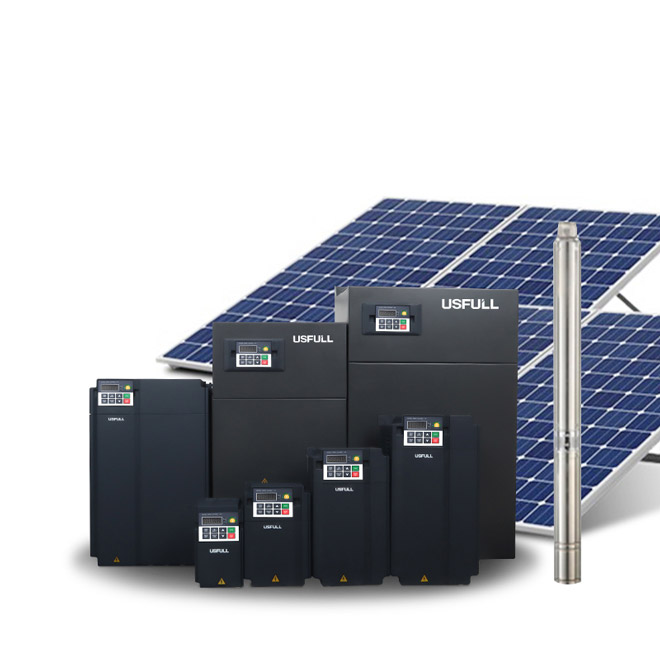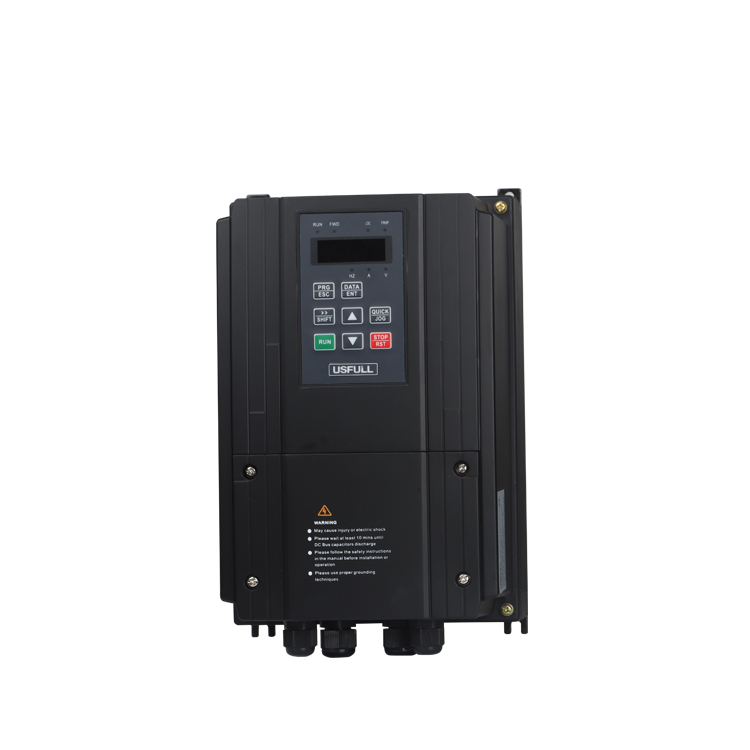Es ist die Art von Frage, die die Solarenergie von einem obskuren Experiment zu einer praktikablen Stromquelle gemacht hat, die Millionen von Haushalten auf der ganzen Welt versorgt.
Solarparks sind Versionen dieses Konzepts im Kraftwerksmaßstab.
Sie können mitten in der Wüste errichtet werden, wo die Sonne unglaublich stark scheint und bewölkte Tage selten sind. Die Paneele können sich sogar automatisch drehen, um dem Lauf der Sonne über den Himmel zu folgen.
Nachdem die Paneele so viel Energie wie möglich eingefangen haben, wird die Energie in nahe gelegene Städte transportiert. In Austin, Texas, gibt es einen Solarpark, der genug Strom für 5.000 Haushalte produziert und über 1 Milliarde Pfund Kohlendioxidemissionen ausgleicht.
Und ja, Sonnenkollektoren können auch an bewölkten Tagen Energie sammeln. Sie sind dabei nur nicht so effizient.
Das liegt daran, dass die Wolken nicht das gesamte Sonnenlicht blockieren, sondern nur einen Teil davon. Wenn Sie an einem bewölkten Tag nach draußen gehen und trotzdem etwas sehen können, liegt das daran, dass das Sonnenlicht noch da ist, auch wenn es etwas gedämpfter ist als sonst.
Hier kommen die Speicherung und das Netz ins Spiel. Energieunternehmen sind auf das Netz angewiesen, um Produktionseinbrüche an bewölkten Tagen auszugleichen.
"Alle namhaften Hersteller von Solarmodulen haben berechnet, dass sie je nach Region 20 bis 30 Jahre Wetterdaten benötigen", sagte Whitson. "So können sie vorhersagen, wie viel Sonne Sie im Laufe eines Jahres bekommen werden. Die meisten Vorhersagen berücksichtigen, dass es nicht jeden Tag sonnig sein wird.
Wie bereits erwähnt, ist der Wirkungsgrad einer der wichtigsten Punkte, den die Wissenschaftler bei Solarmodulen ständig zu verbessern versuchen.



